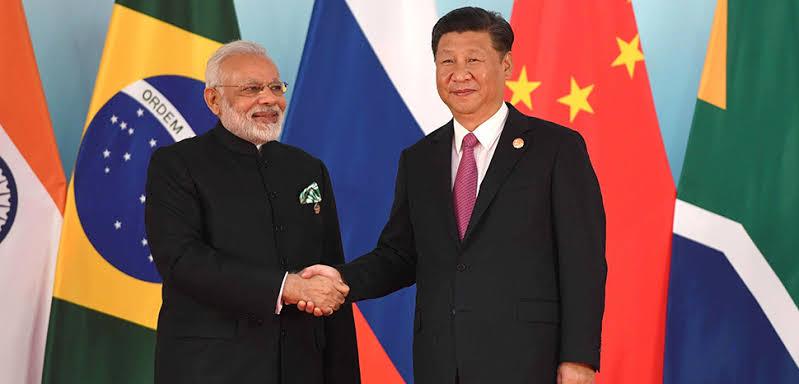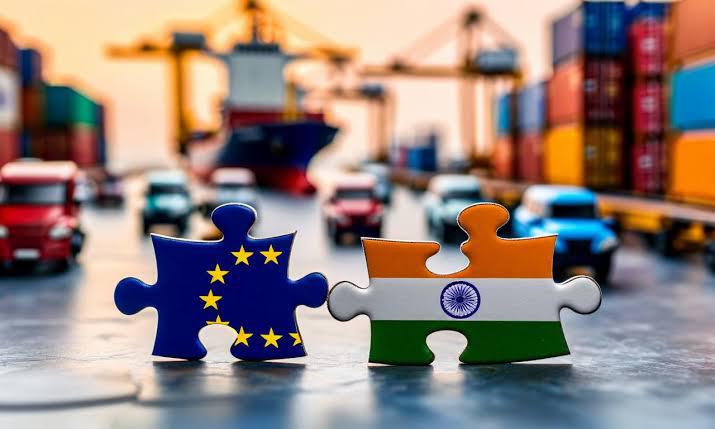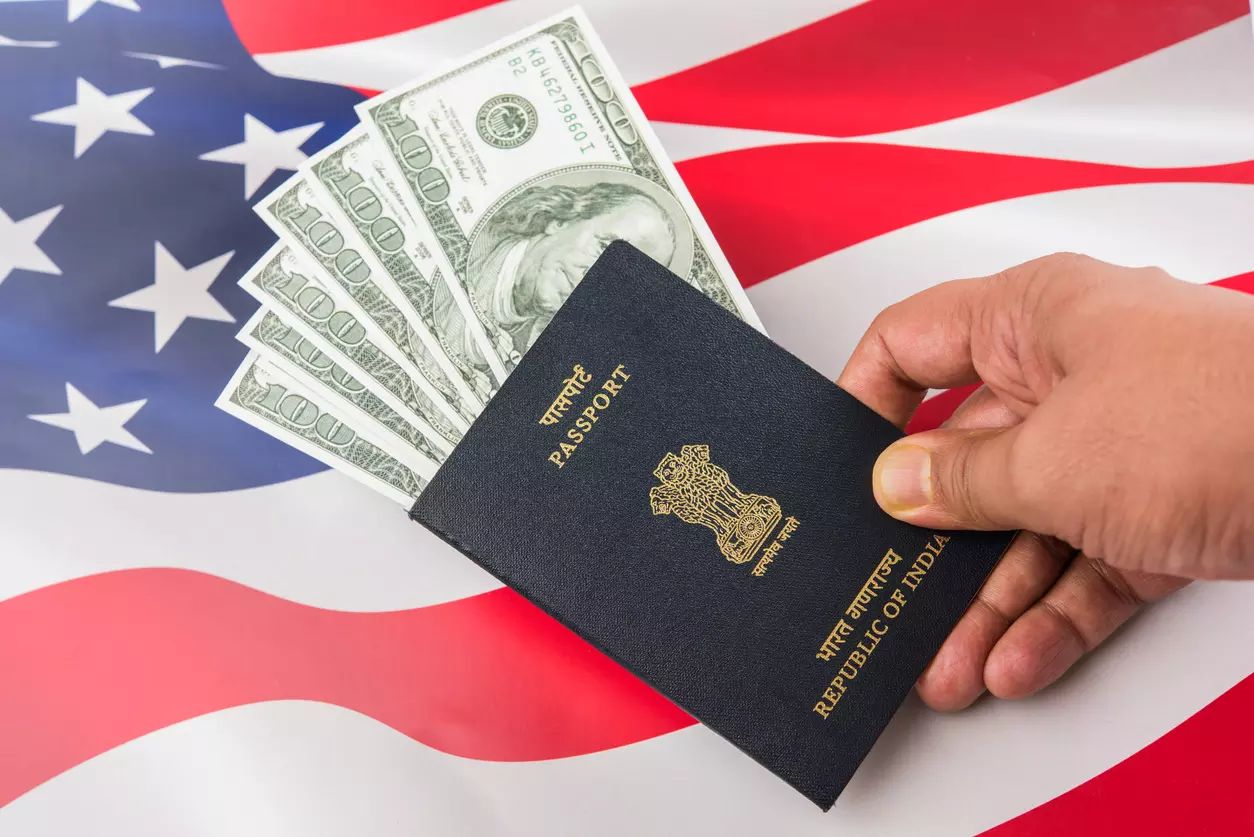In recent months, observers have noted a visible softening in Beijing’s diplomatic posture towards New Delhi. From positive remarks in official Chinese media to invitations for high-level dialogues and economic overtures, China appears to be extending a rhetorical olive branch to India-one that contrasts sharply with the tenor of bilateral relations following the 2020 Galwan clash.

While some interpret this as a sign of thawing ties, a closer reading of China’s overtures reveals a more complex calculus. China’s gestures toward India are not rooted in newfound warmth or ideological alignment; they are a reflection of deepening structural shifts in global power and Beijing’s recalibrated assessment of India’s rising influence.
The Context: From Confrontation to Calibration
Since the border clashes in Ladakh in mid-2020, India-China relations have remained tense. Multiple rounds of military and diplomatic negotiations have led to partial disengagement, but the trust deficit remains significant. Trade has continued-indeed, bilateral trade volumes have broken records-but the political relationship has lacked warmth.
That Beijing is now initiating a tone of conciliation marks a notable departure from the past three years, during which China’s posture has been marked by deflection and denial.
This change must be understood not in isolation, but in the broader context of:
- U.S.-China strategic competition intensifying, particularly in technology and military domains;
- India’s growing diplomatic visibility, including its leadership in the G20 and prominence in Global South dialogues;
- And China’s own challenges, including economic deceleration, demographic pressures, and a worsening international perception.
Decoding the Outreach: What Is China Signalling?
1. Avoiding a Two-Front Diplomatic Stalemate
With its ties to the United States at a historic low, China likely recognises that simultaneous strategic hostility with India and the West is unsustainable. Beijing cannot afford friction with both its western and southern flanks at a time when it seeks to stabilise its economic recovery and consolidate regional leadership.
In this context, a more measured relationship with India-if not fully cooperative-could allow Beijing to focus its resources on managing the Pacific theatre and domestic priorities.
2. Preserving Trade Amid Geoeconomic Fragmentation
Despite political tensions, China remains one of India’s largest trading partners. In 2023, bilateral trade stood at over USD 136 billion, though heavily tilted in China’s favour.
With global supply chains shifting due to ‘China+1’ strategies, India has emerged as a key alternative manufacturing base. By extending a hand to India, China may be seeking to preserve its economic relevance in the region-even as companies increasingly diversify toward Southeast Asia and South Asia.
3. Contesting India’s Growing Regional and Global Influence
India’s assertive diplomacy-evident in its G20 presidency, Quad engagement, and its position in BRICS and SCO-has raised its profile as an autonomous pole in global politics. Beijing’s outreach could be an attempt to dilute India’s alignment with the West without fully conceding strategic ground.
This is a familiar tactic in Chinese diplomacy: engage bilaterally to reduce third-party leverage. In this case, improved optics with India may allow China to complicate Quad unity, reduce Indo-Pacific convergence with the United States, or blunt criticism of its Belt and Road Initiative (BRI).
India’s Calculated Reception: Warm Words, Cold Caution
India, for its part, has received China’s overtures with visible restraint. New Delhi has reiterated that normalcy in bilateral ties cannot be restored without full disengagement along the Line of Actual Control (LAC).
India has also made clear-through policy and posture-that it is willing to compartmentalise trade and engagement, but not at the cost of territorial sovereignty or strategic ambiguity.
The Ministry of External Affairs has adopted a language of clarity: dialogue is possible, but resolution is a prerequisite. Behind closed doors, India is acutely aware of China’s long-standing strategy of tactical conciliation followed by incremental assertion.
Implications for the Regional Balance of Power
China’s recalibrated tone towards India must be understood as part of a broader regional reordering, in which traditional binaries are giving way to fluid partnerships and pragmatic hedging.
1. South Asia and the Indian Ocean
India’s increasing assertiveness in South Asia-through infrastructure investments, security agreements, and development partnerships-has challenged China’s efforts to expand its sphere of influence under the BRI.
By moderating its posture toward India, Beijing may hope to slow India’s counter-balancing momentum in the Indian Ocean Region (IOR) and avoid direct confrontations in overlapping spheres of influence.
2. The Quad, BRICS, and Multipolar Forums
India’s presence in ideologically divergent platforms-from the democratic Quad to the China-influenced BRICS and SCO-allows it to exercise normative leverage in both camps.
Beijing’s overtures could be an effort to ensure India does not tilt too decisively in favour of U.S.-led frameworks. Yet, India’s policy of multi-alignment without entrapment offers little space for such manipulation. New Delhi has shown that it will engage in issue-based convergence while preserving strategic autonomy.
3. Global South Leadership
Perhaps most significantly, China recognises India’s expanding leadership role within the Global South, a space Beijing once sought to dominate uncontested. India’s credibility as a democratic, development-focused, non-Western voice resonates in Africa, Southeast Asia, and Latin America.
Friendly overtures, in this case, may be less about mending bilateral fences and more about blunting India’s normative rise on the global stage.
Conclusion: Diplomatic Overtures, Strategic Continuity
While China’s rhetoric toward India has softened, its core strategic objectives remain unchanged. The outreach appears tactical-aimed at reducing friction and buying manoeuvring space in a volatile global environment.
For India, the correct response lies not in rejection or embrace, but in calibrated engagement. It must continue to insist on border normalisation, while leveraging regional and global partnerships to deter coercion and expand its own sphere of agency.
In the long arc of Asian geopolitics, brief windows of conciliation are not uncommon. What matters is how each side leverages the interlude-not for symbolic optics, but for structural repositioning.
India’s challenge, and opportunity, lies in navigating this outreach without illusion-and without allowing short-term warmth to cloud long-term strategic clarity.





